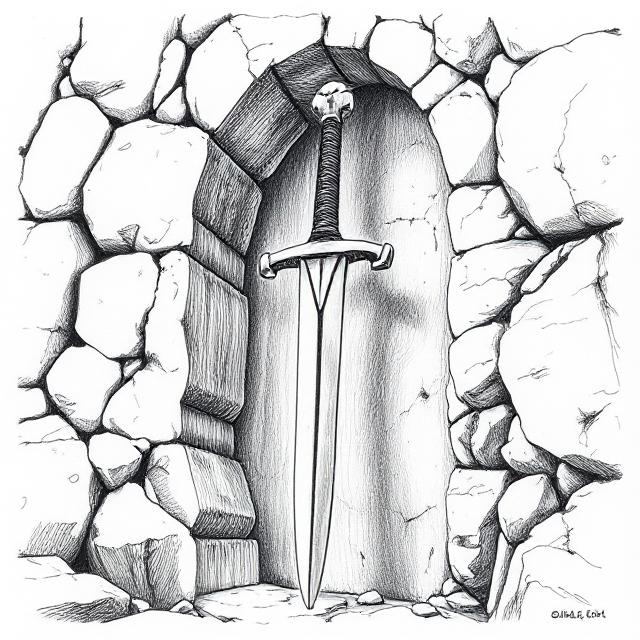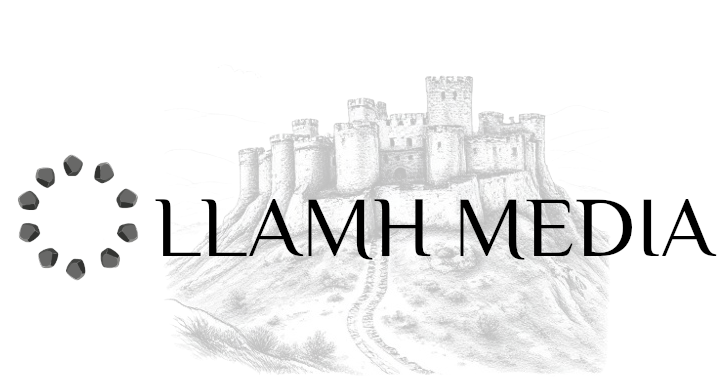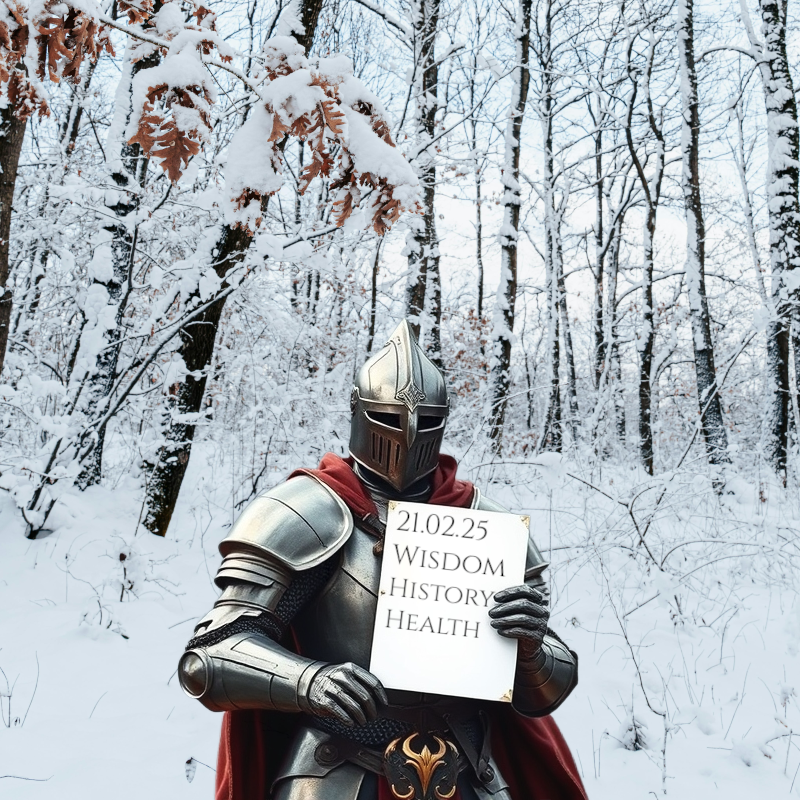This week in your weekly wisdom, history & health newsletter, I discuss ‘Freedom of Speech’ vs ‘Freedom of Inquiry’. The importance of Iron Age Hill Forts in Britain & Ireland and the history of Armed Combat in Europe.
Freedom of Speech vs Freedom of Inquiry
In modernity freedom of speech and freedom of Inquiry are often conflated, but they serve distinct purposes in a society that values knowledge and truth. Freedom of speech is considered to be the right to express opinions without any form of censorship. However, this is regardless of the validity of what is being said. Therefore, individuals are allowed to voice their thoughts, whether informed or not. When people speak on topics they don’t quite understand, misinformation circulates like a wild fire.
Freedom of inquiry, on the other hand, is the right to investigate, question and seek knowledge. Unlike freedom of speech, which grants everyone a voice regardless of expertise, freedom of inquiry demands intellectual understanding. It is the foundation of scientific progress, historical understanding and philosophical depth. True inquiry requires a method. This method is founded upon evidence and a willingness to revise one’s views when presented with contradictory information.
The key distinction is that speech is about expression, while inquiry is about discovery. In a world where anyone can broadcast their opinions to millions in seconds, the unchecked use of free speech can easily lead to misinformation. For example, someone without medical training might claim that a certain unproven remedy can cure a disease. Their freedom of speech allows them to say this, but without freedom of inquiry, backed by rigorous research and expertise, this claim is meaningless.
When individuals speak without understanding, they contribute to a culture where misinformation spreads faster than truth. Social media amplifies this problem, allowing uninformed voices to drown out those who dedicated their lives to inquiry. The result is a society where opinions hold as much weight as facts, making it difficult for the public to discern what is true.
Ban Free Speech?
Now then, does this mean that free speech should be restricted? Personally, I feel as though we should be focusing more on freedom of inquiry. Free speech will always exist to a certain extent within our own homes and social settings. However, when a gross amount of not only misinformation but disinformation is being spread, a variety of problems will arise.
Ultimately, speech without knowledge is noise. Inquiry, grounded in evidence, is what leads to progress. While we should protect certain rights to speak, we must also cultivate a culture where expertise and truth-seeking are valued more than controversial opinions.
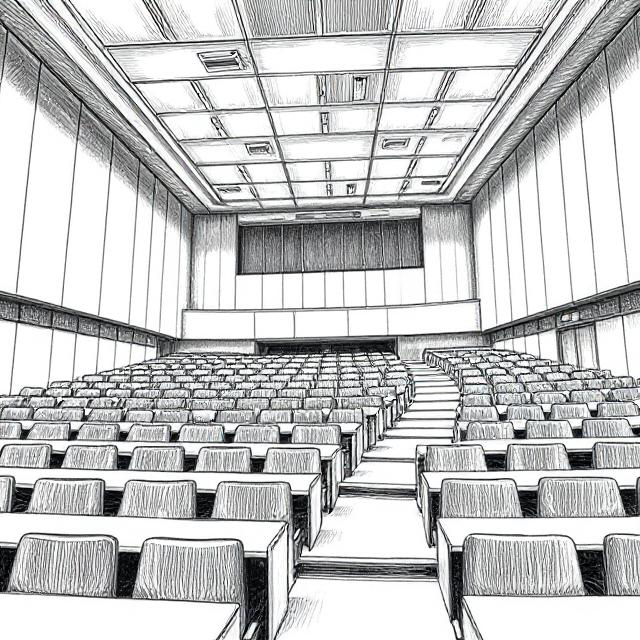
The Iron Age Hill Forts and Their Importance
Iron Age hillforts in Britain and Ireland are some of the most iconic remnants of ancient Celtic societies. When we think of the Celtic world, hillforts usually come to mind. While I am not going near the rabbit-hole of what is a Celt? Or if this term has any realistic meaning? (another day). I will continue to use this term to refer to the people who lived in Britain and Ireland in the Iron age.
Firstly, these large, fortified settlements were built between roughly 800 BC and 100 AD. Hillforts played a crucial role in the social, military and political landscapes of the time. They were typically constructed on elevated terrain, using ramparts, wooden palisades and sometimes tone walls, designed for both defence and as symbols of power.
History and Purpose
Hillforts emerged during the transition from the Bronze Age to the Iron Age, a time of increasing population growth and social complexity. They were primarily built by the Celtic tribes that inhabited Britain and Ireland, serving as strongholds for elite warrior classes and as centers of trade, administration and ritual. Many hillforts contained roundhouses, storage pits and workshops. Therefore, suggesting they were not just defensive structures but also thriving communities.
In Britain, notable examples include Maiden Castle in Dorset, which is one of the largest and most complex hillforts in Europe, and Old Oswestry in Shropshire, with its distinctive multiple ramparts. In Ireland, examples like the Hill of Tara and Navan Fort had both defensive and ceremonial functions, indicating their role as seats of power for tribal kings.
While some hillforts were used a permanent settlements, others were refuges during times of conflict. As Iron Age societies became more hierarchical, these forts symbolised control over the surrounding land, acting as centers of authority for local rulers.
Cultural Importance
Hill forts were deeply tied to the identities of the tribes that built them. It is clear that they were not only strategic military sites but also place of ritual significance. Many hillforts have yielded archaeological evidence of religious offerings, burials and feasting. This evidence shows us that they played an important role in the spiritual life of the local population.
In Ireland, sites like Rathcroghan and Dun Ailinne are linked to ancient myths and kingship ceremonies, reinforcing their importance beyond mere military function. Similarly, British hillforts often contained evidence of long-term occupation, trade and craftmanship, reflecting the sophistication of Iron Age society.
As the Roman conquest of Britain progressed in the first century AD, many hillforts were abandoned of repurposed, though some continued to be occupied. In Ireland, which was never conquered by Rome, hillforts remained important for much longer.
Today, these ancient sites serve as a window into the past. They stand as enduring symbols of community and the ingenuity of early societies.
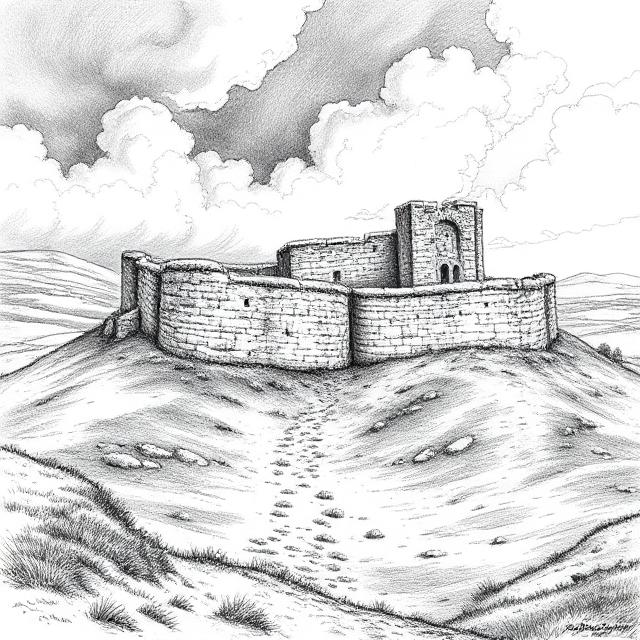
The History of Armed Combat in Europe
The history of armed combat in Europe spans thousands of years, evolving alongside technological advancements, societal changes and shifting political landscapes. From the tribal warfare of prehistory to the conflicts of the 20th century, armed combat has shaped the course of history.
Ancient and Classical Warfare
The earliest recorded conflicts in Europe date back to the Bronze Age. Small tribal groups engaged in skirmishes using simple weapons. Weapons such as spears, axes and bows were used most regularly. As societies became more structured, the art of war evolved.
In the Iron Age, the Celts, Greeks and Romans developed sophisticated military strategies. The Greeks perfected the phalanx, a tight infantry formation. The Romans later refined these tactics with their legionary system, employing the disciplined, heavily armed soldiers to conquer vast territories. Roman military engineering, including fortifications, siege weapons and roads further revolutionised warfare.
Medieval Warfare
Following the collapse of the Roman Empire, warfare in Europe became decentralised. The early medieval period saw the rise of feudal warfare. Local lords commanded small, heavily armoured cavalry units who dominated the battlefield. Castles became crucial defensive structures, leading to prolonged sieges rather than open field battles.
During the High Middle Ages, the Crusades (1096-1291) introduced European warriors to new combat techniques, including improved cavalry tactics and siege weaponry. The Hundred Years’ War (1337-1453) between England and France marked the decline of traditionally knightly warfare, as the longbow and early gunpowder weapons reshaped combat.
The Gunpowder Revolution and Early Modern Warfare
By the late 15th century, gunpowder weapons had rendered traditional armour and fortifications less effective. Musketeers, cannons and pike formations replaced knights on the battlefield. The Thirty Years’ War (1616-1648) exemplified the large scale destruction made possible by massed firearms and artillery.
The 18th century saw the rise of professional standing armies, with nations like France and Prussia perfecting linear warfare, where soldiers fought in disciplined formations.
Industrial and Modern Warfare
The 19th and 20th centuries saw rapid technological advancements. The Napoleonic Wars (1803-1815) introduced total war strategies and the World Wars (1914-1918, 1939-1945) brought trench warfare, tanks, aircraft and mechanised infantry.
Today, warfare in Europe is dominated by technology, including cyber warfare and precision-guided weapons. The evolution of armed combat in Europe reflects the technological progress by the ever-changing nature of power, strategy and human conflict.
